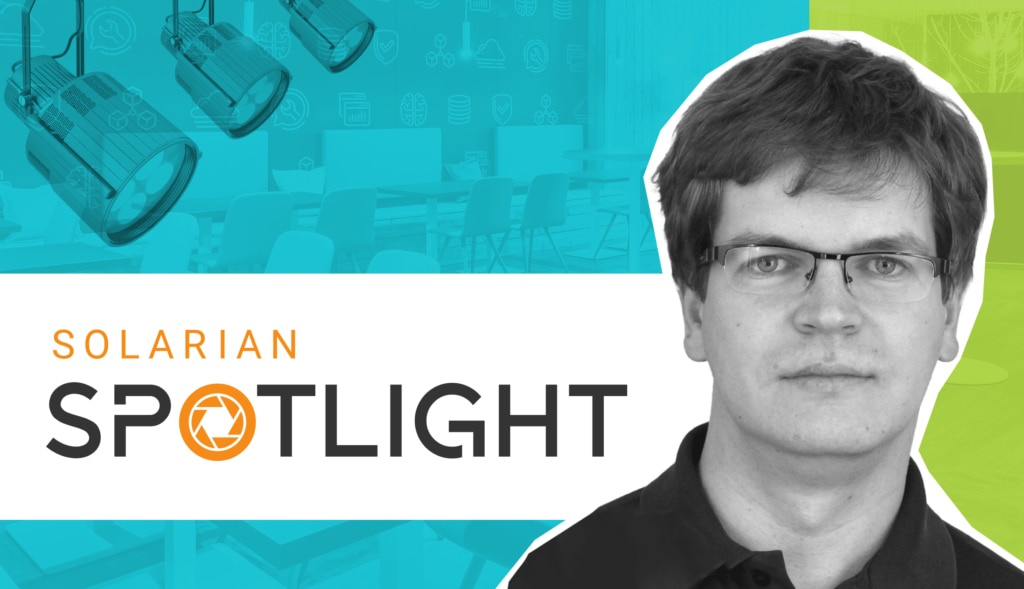The SolarWinds Platform and .NET: New Horizons With .NET Core


Page Contents
Page Contents
Like most large software development organizations, SolarWinds uses many programming languages to build our applications, including Go, Java, C++, Python, and more. The predominant language for our Orion® Platform is C#, based on Microsoft’s .NET Framework. As you are likely aware, the directions Microsoft has taken the .NET Framework over the past few years have created exciting new opportunities.
Specifically, the decision by Redmond in 2014 to add more utility to .NET by adopting an open-source model and making it truly cross-platform (released in 2016), opened up the option to run applications built in .NET on Linux, Android, iOS. In re-making the platform, Microsoft completed its journey to open source by making its editors (like Visual Studio Code) and libraries free under the MIT License, the foremost OS license and similar to the GNU General Public License.
As a leading framework for web and mobile applications, .NET’s broadened relevance has positive, long-term implications for those developing, hosting, and licensing .NET-based applications. Before we dive deeper into the possibilities, let’s take a brief look at .NET and its journey which brought it to where it is today.



